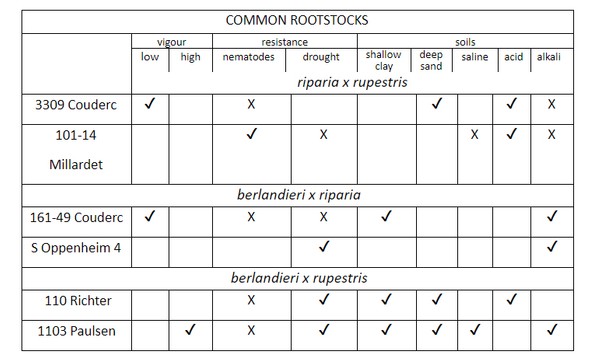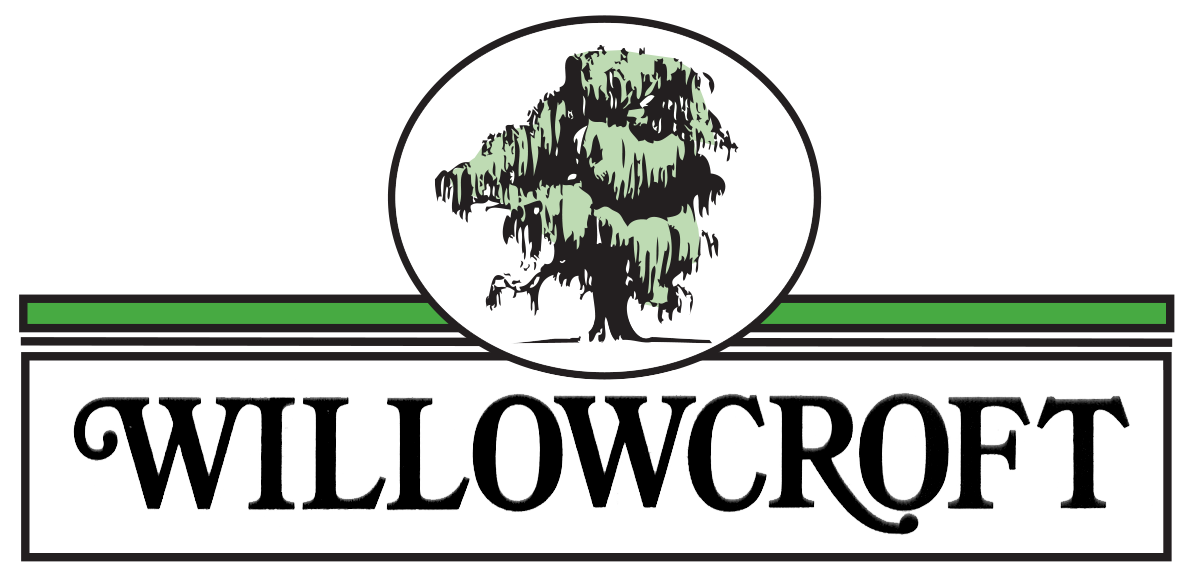The Unsung Hero Beneath Every Great Vintage
Ask a wine lover to name what shapes a wine’s character, and you’ll hear about grape varieties, climate, barrels—even yeast. But there’s one key player almost no one talks about: rootstocks.
These humble underground structures don’t make headlines or tasting notes, but they’re the very foundation of modern viticulture. They protect against pests, adapt vines to challenging soils, and influence everything from how grapes ripen to how the wine tastes. At Willowcroft, where we farm without irrigation and face Virginia’s humid summers, choosing the right rootstock isn’t optional—it’s vital.
So why don’t we hear more about them? To answer that, let’s dig into history, science, and a little Texas-sized adventure.
🌱 What Is a Rootstock?
In simplest terms, a rootstock is the underground part of the vine—the roots—that’s grafted to the fruiting vine (the part above ground that produces the grapes). The fruiting vine is typically Vitis vinifera, the classic European grapevine species behind beloved varietals like Chardonnay, Cabernet Sauvignon, and Merlot.
The rootstock, however, often comes from other grape species. Why? Because it acts like the engine of growth, protecting vines from pests, diseases, and environmental stress. It also influences vigor, water uptake, nutrient absorption, and even how a grapevine copes with Virginia’s frequent heat and humidity.
🐛 Phylloxera and the Birth of Rootstocks
Rootstocks became essential during the 19th century when Europe’s vineyards were nearly wiped out by phylloxera, a tiny root-feeding insect native to North America. European vinifera vines had no resistance to the pest. The solution? Grafting them onto American rootstocks, which had evolved alongside phylloxera and developed natural defenses.
The first rootstocks tried—Vitis riparia—thrived in moist, fertile riverbank soils but failed in the dry, calcareous soils of regions like Champagne and Burgundy. Then came Vitis rupestris, better suited to stony soils but still unhappy in limestone-rich areas.
The breakthrough came when botanists like Pierre Viala and Thomas Volney Munson identified Vitis Berlandieri, a Texas native thriving in dry, chalky soils. Though difficult to propagate, Berlandieri became the backbone for hybrid rootstocks like 41B, which saved French vineyards and remains in use today.
🌎 Rootstocks at Willowcroft: Virginia’s Challenges
Virginia’s climate brings its own set of hurdles for grapevines. Our summers often deliver long stretches of heat and humidity without relief, creating the perfect conditions for fungal diseases like powdery mildew and botrytis. Pair that with dry-farmed hillsides and variable soils, and rootstock selection becomes not just important, but essential.
The right rootstock helps balance vigor, resist disease, and manage water uptake in these demanding conditions. Some, like Petit Verdot’s small, tight clusters, naturally help resist moisture intrusion, but beneath the surface, it’s the rootstock doing much of the heavy lifting.
💡 To better understand how different rootstocks perform, here’s a quick chart showing key rootstock types, their strengths, and where they shine in the vineyard:

This snapshot helps demystify the role of rootstocks and shows why their selection matters as much as the grape variety grafted above them.
🧬 Are We Stuck in the Past?
Today, nearly all commercial vineyards rely on rootstocks derived from the same small group of species: vinifera, riparia, rupestris, and Berlandieri. But nature doesn’t stand still. Phylloxera has evolved into numerous biotypes and superclones, while climate change introduces new challenges like extreme drought and shifting soil salinity.
Some researchers are exploring wild Asian grape species for new traits. Others argue for modern methods, including genetic modification (GM), to develop next-generation rootstocks. This remains controversial, but so was grafting American roots to French vines—until it saved the world’s wine industry.
🍷 Why It Matters in Your Glass
Rootstocks are more than a technicality—they shape:
🌿 Vine vigor and health
💧 Drought tolerance and disease resistance
🍇 Ripening speed and fruit quality
🌱 Sustainability in challenging climates
At Willowcroft, we see them as quiet partners in the vineyard, helping us produce elegant, expressive wines—year after year—even in Virginia’s demanding environment.
So next time you swirl a glass of Petit Verdot or Chardonnay, raise a silent toast to the roots beneath your feet.
📖 Want to Dig Deeper?
Visit Willowcroft for a tasting or tour, and ask us about the vines in your glass. There’s a world of science and history lying just below the soil.
